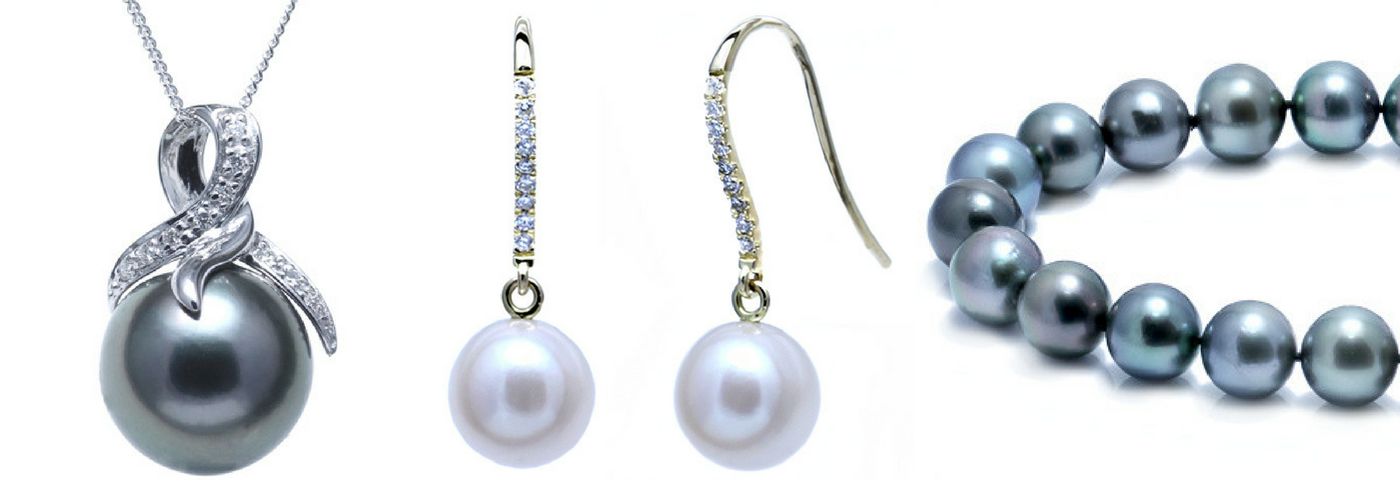Product photography is fast becoming an essential sales tool for retail jewellery outlets and, in particular, those with online platforms.
Yet sourcing imagery good enough to maximise engagement and sales is difficult for many retailers. This is because the level of quality afforded in product imagery is typically poor doing little to generate interest and that all important customer purchase.
Jewellery is notably one of the hardest consumer lines to capture confidently, creating an image that magnifies and accentuates its attraction and appeal. If done successfully it would take the consumer along a journey of inquisition and interest to want and desire.
Related Blogs: Social Media Marketing For Jewellery Retailers
Within the sector, pearl jewellery is amongst its most sought-after, exclusive lines presenting profitable sales opportunities to retailers. Yet in terms of product imagery it is the most difficult to photograph.
Recognising this challenge, and the importance of imagery in the consumer buying process, Raw Pearls has developed a new image library resource for clients allowing them to utilise professional pearl photography to generate sales.
The beautiful allure of pearls comes from their exquisitely unique appearance. They have an enchanting charm; one that makes it almost impossible to ignore. The surfaces of high quality pearls are smooth and clean – but also virtually luminous and it is this special lustre that is so difficult to capture on camera.
Related Blogs: 7 Tips On Boosting Sales With Images On Instagram
These pearls have what almost looks like an inner glow. It is so important for pearls to be photographed with this in mind so that the image that is delivered is engaging and thus supports that all important purchase conversion.
Top Tips for Photographing Pearls
1. Don’t use too many light sources
One of the common errors in pearl photography is using too many light sources. The pearls’ spherical shape needs to be preserved in image form, and this can be distorted by creating too many confusing reflections. One light source will ensure only one ‘glow’ – meaning the shape of the pearl is true, by creating depth and form.
2. Be conscious of colour
Another key element to consider in ensuring pearls are represented accurately is colour. The wrong lighting and camera settings will lead to the colour of pearls being poorly reproduced. Camera settings such as white balance should be set correctly and vitally, post production editing needs to be carried out – with the product in front of you.
3. Consider your post-production choices
Post production editing is crucial. It is this skill that can make the difference between a good image and a professional one. At this stage, any blemishes in the image can be removed, focusing can be enhanced (by a technique called focus stacking) and other elements such as background, exposure and image size can all be adjusted.
Related Blogs: 5 Of The Best Royalty Free Image Websites
Here at Raw Pearls we decided to launch our new product image library after undertaking market research and discovering that millennials – the digital generation – make up over a quarter of the consumer market and that over 77% of them said they are influenced by images online and in store when they are shopping.
With clean white backgrounds and no watermarking or branding, our images can be used on any of our customer’s websites. Available in both high and low resolution, they can be used in many ways – whether on social media, or even in our customers’ own brochures or other print marketing materials, and at this year’s IJL we are excited to offer a core photography pack to jewellers opening new accounts.
Lucy Davies is a marketing and sales professional for Raw Pearls and also acts as their in-house photographer. She holds a BA (Hons) Photography and with over ten years experience she has exhibited at some of the UK’s leading regional art galleries.
IJL is #withyou bringing the expertise of exhibitors, visitors and retailers alike together in one place. Discover more top photography tips in the Skills Lab at IJL 2017.


One comment